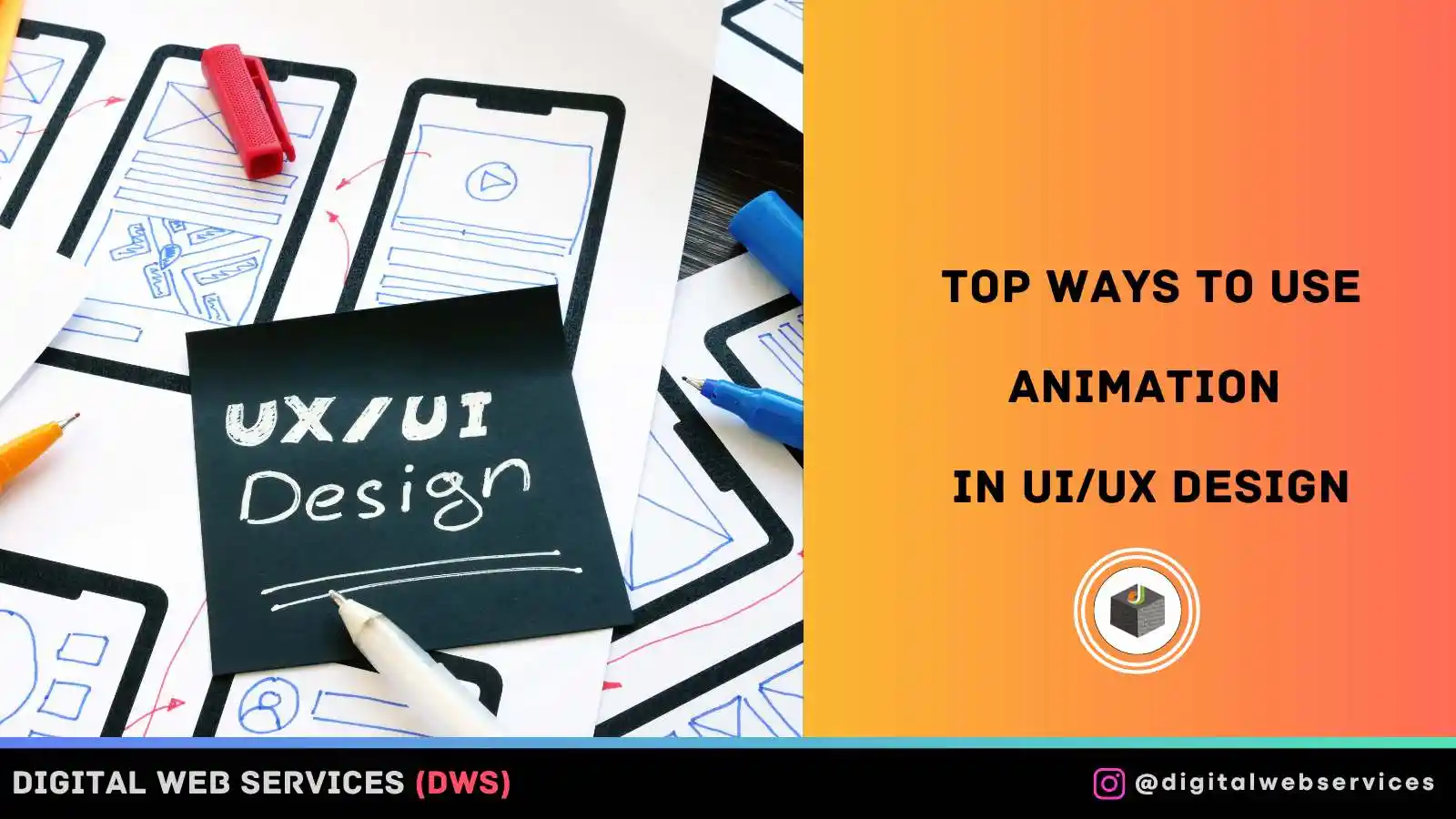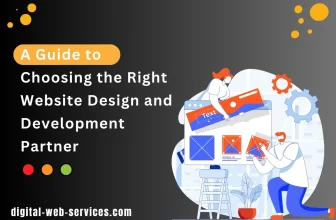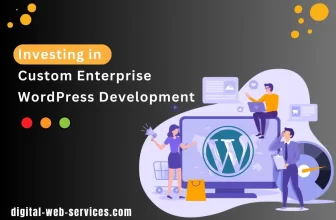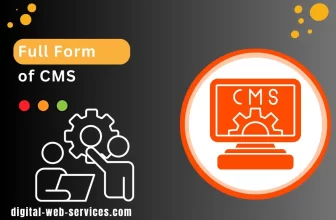
Animation entails manipulating inanimate objects to appear in motion. It is a powerful tool in product development used to reduce cognitive load while adding appeal to the digital product’s interface. Animated effects assist users in navigating through the pages by explaining how elements are arranged and highlighting their hierarchy. As a result, animation influences interaction design and improves usability.
Many teams overlook the importance of incorporating animations when designing apps and websites. They bring in motion designs when the development cycle is almost complete. In addition, many UX designers don’t have experience in animation, while animating without proper knowledge often results in an awful user experience. To ensure you animate your web product successfully, you can check out this guide by Eleken and add value to your UX design.
This article aims to offer in-depth insights into animation and shares ways to use it in UI/UX design.
What Is UI Animation?
User interface animation means adding motion into the UI components to improve your web product’s interactivity. Animation guides users through the product’s interface, notifying them of any changes and influencing their decisions. It also gives a website a natural feel with intuitive UX, controls, and navigation.
Importance of Animation in UI/UX Design
Numerous applications and websites exist today, and users are spoilt for choice. No one wants to use a boring, slow, and non-functional app. Thus, product owners strive to develop powerful, interactive interfaces that allow easy navigation and attract tech-savvy users. One way of achieving responsive designs is through animation.
UI/UX designers apply animation to bring digital products to life while adding a human touch. Animated interfaces allow users to enjoy a natural experience with less cognitive load. Apart from acting as signposts, animation offers real-time feedback to users as they navigate through the product’s interface. Thus, if you want to design an engaging and appealing interface, include animations to give your product a competitive edge.
Ways to Use Animation in UI/UX Design
Let us explore how you can use animation in your design journey.
Micro-Interactions
Many designers use micro-animations in their UI/UX design to enhance user interaction. The animations alert users when they complete particular actions or when a task is unsuccessful. Thus, these types of animation help visualize the results of user actions performed in the app or on the website. For instance, when touching an icon, scrolling, changing your phone to silent mode, and seeing the silent icon, you will experience micro-interactions. There are many other subtle micro-animations users encounter daily without actually noticing them, and the significance of these elements becomes clear only when a task is unsuccessful.
Navigation
As a UX designer, you can use animation for navigational purposes. Sometimes a website’s or app’s interface can be complicated, which confuses the users and might result in high abandonment rates. But with animate features, users can easily navigate the pages and locate the desired content, interacting with your product naturally and intuitively.
Examples of navigation animation include appearing arrows, page transitions, hover effects, or swipe gestures. Such animations guide users to the next step and instill confidence because of a clear visual order in the interface.
Loading and Progress
You can also use loading and progress animated features to communicate the current action or explain what is happening to users. No one wants to get stuck on a loading page without clear information about how long they will need to wait. So, the loading feature alerts users that the system is processing data or loading the page. It could show the percentage or a throbber icon showing that the system is actually working.
Conversely, progress animations inform users of the timelines and whether they are almost completing the task. These animations prevent users from abandoning a task and leaving the app because they have no idea of the loading time and the number of steps a specific action requires.
Branding and Storytelling
Another top way to use animations is through branding and storytelling. Designers often use appealing animations on the welcome displays to build the brand and tell a brief story within record time.
You can use animations to entice potential users to specific brand features on the product’s interface. Such animations also showcase your app or website interactively and vividly. For instance, you can animate your logo and tell users your brand’s story in an engaging manner.
Tips for Using Animations in Your Design
Here are a few insightful tips you should consider when incorporating animated features into your product.
Be Subtle
The best animation is barely recognizable. It could be the little arrow guiding you to the next section or the hover effect displayed when you touch a button. Users shouldn’t notice the animations and get distracted from the core product’s experience. Thus, animation should provide a natural feel without causing a fuss.
Mind Speed and Timing
Animations thrive on the right speed and timing. You should know how to make the animation appear at the right time. Avoid extremely slow or fast-paced actions, as users feel exhausted with slow animations and get confused with high-paced features. So, strike a balance that will make your users comfortable to complete tasks without arousing emotional responses.
Create Balance
Try to create a balance when using animations. Place the images or objects in a symmetrical framework to create a sense of consistency and visual harmony. It will help users navigate through the interface more intuitively.
Conclusion
Animation plays a critical role in enhancing your UI/UX design. It is a fundamental feature in today’s modern web products. Besides adding visual appeal to digital products, animations improve efficiency and user experience. Users can easily navigate complex interfaces with the help of animations while enjoying the journey. However, successful animated products need professional designers who understand the nitty-gritty of motion language.
Remember that exceptional animation is subtle. Users should have a natural and intuitive experience without noticing the animated features. Instead, they should feel the product’s seamless operations and enjoy the experience. So, ensure you hire a UX designer with experience in animation to create a stellar design that meets your product goals and satisfies your users.
Digital Web Services (DWS) is a leading IT company specializing in Software Development, Web Application Development, Website Designing, and Digital Marketing. Here are providing all kinds of services and solutions for the digital transformation of any business and website.










